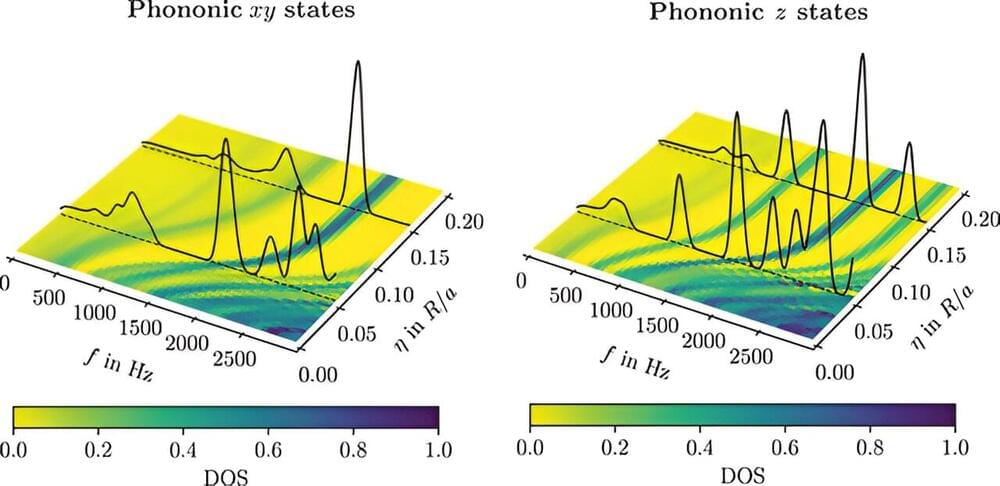In dim light a cat sees much better than you do, as do dogs and nocturnal animals. That’s because the structure of a cat’s eye has a tapetum lucidum, a mirror-like layer immediately behind the retina. Light entering the eye that is not focused by the lens onto the retina is reflected off the tapetum lucidum, where the retina gets another chance to receive the light, process it, and send impulses to the optic nerve.
